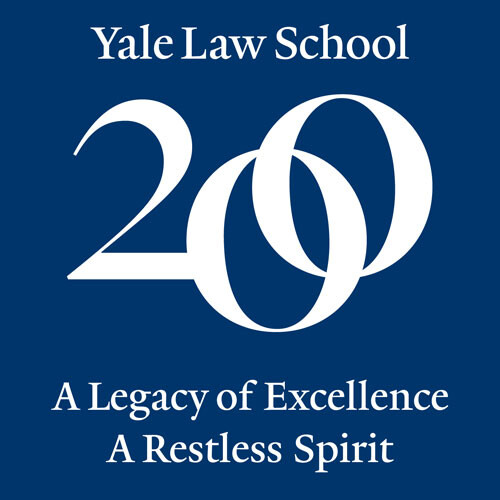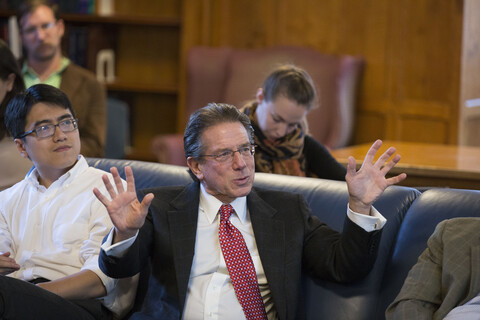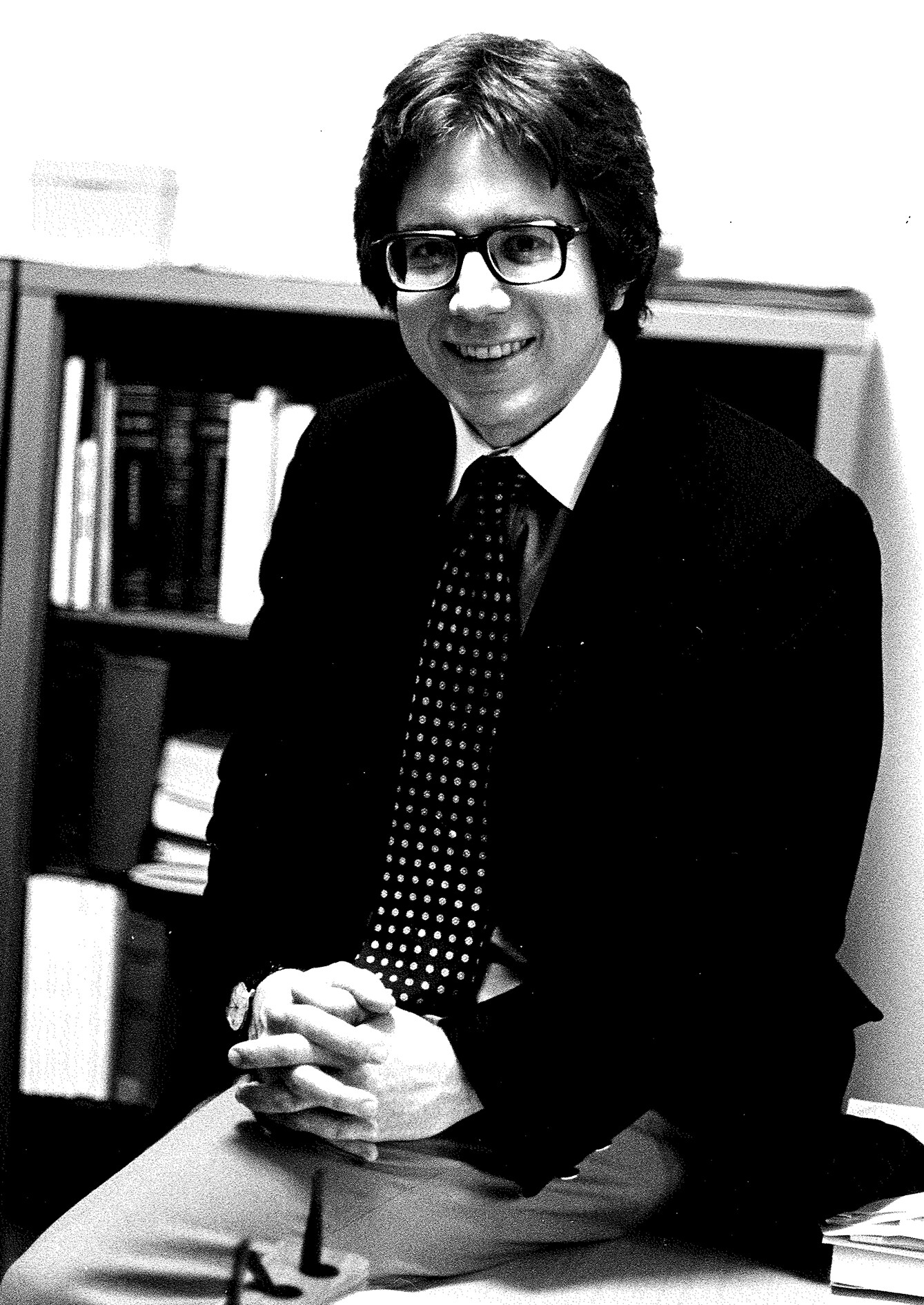In your book, History of the Yale Law School: The Tercentennial Lectures, you talk about how in the beginning the School was tiny and there were times when it almost didn't survive. How do you think that evolution was accomplished?
In the earliest period, it survived through the love, attention, and generosity of a handful of individuals, and it might very well have perished. It's entirely possible. A lot of schools did. Like Yale, many of the country's other leading law schools also began as for-profit shops started and run by practicing lawyers who discovered that they could, as we would put it today, scale up the old apprentice model. Instead of taking one young man into their office to work at their side as a clerk and to learn the craft by doing, they took a whole bunch at the same time and taught them as a class. This is what happened at the Litchfield Law School, essentially. There were a number of these, and many of them failed. A few of the more successful ones attached themselves in the first half of the 19th century to one or another of the nation’s colleges.
It wasn't until much later — I would say by the turn of the 20th century — that the place of Yale Law School was secure. That, in part, was because it was now training so many Connecticut and New York lawyers that it had an established reputation, though it didn't yet have a truly distinctive identity. There have been moments along the way when the School was at risk, not in an existential sense that its very being was threatened, but rather its reputation, its standing, its finances — all of these were jeopardized in one way or another.
The Law School has shown a remarkable power to rejuvenate, even to reinvent itself. This always comes with challenges and risks. The older faculty want the traditions of the School to be maintained, but the most important of our traditions is the willingness to take risks and go out on a limb and do the wild and crazy thing — that goes back at least to the legal realists in the 1930s. If you're not prepared to appoint faculty to whom you will hand over the responsibility to do wild and crazy things, you're not going to have the same Yale Law School. You'll have some unsubtle, less interesting, less weird and wacky version of it.
Kronman at a Yale Law School commencement
What state was the Sterling Law Building in when you came in as dean, and what changes were being worked on throughout your deanship? What do you consider to be the most significant changes, and how did they impact the School?
Guido Calabresi ’58 had reached the conclusion, quite correctly, that the building was in shambles and needed to be repaired, although I think when he first conceived the idea, none of us yet had an understanding of the full scope of the work that would be required. I’ve joked with my classmates about sitting in class with dust balls the size of large tumbleweeds rolling across the room and our not being able to hear the professor because of the clanking of the radiators. Things were falling down. It was horrible.
Guido said we needed to do two things: rebuild the building and raise the money to do so. He had plans to start a capital campaign with the goal of raising enough money to rebuild the building. Then he was appointed a United States Circuit Judge and left. His bequest to me was to fill out the capital campaign and raise the rest of the money, which I did, and then some. I was very proud of what we were able to accomplish in that campaign.
It was such an enormously complicated project because we were living in the building at the same time as we were rebuilding it. But we did it. Our overriding goal was to meet our space needs, to upgrade all of the mechanical systems, and to refurbish the fabric of the building so it would be as lovely to the eye as it had been in 1931 when they cut the ribbon and dedicated the building. I was absolutely determined that we not cut corners. I wanted this place to be the noble edifice that it had always been.
When I was meeting with our graduates to raise money to complete the building project, I would remind them — and they all appreciated this — that if Yale Law School blew down in a hurricane and miraculously no one was injured, and we had to reassemble and conduct a business in a Quonset hut on the New Haven Green, it would still be Yale Law School. Of course it would be Yale Law School. Yale Law School isn't a wall or a window or anything like that, but the human beings, pursuits, and ideals that live within its shell. Still, it’s wonderful to have such a lovely, comfortable home!







